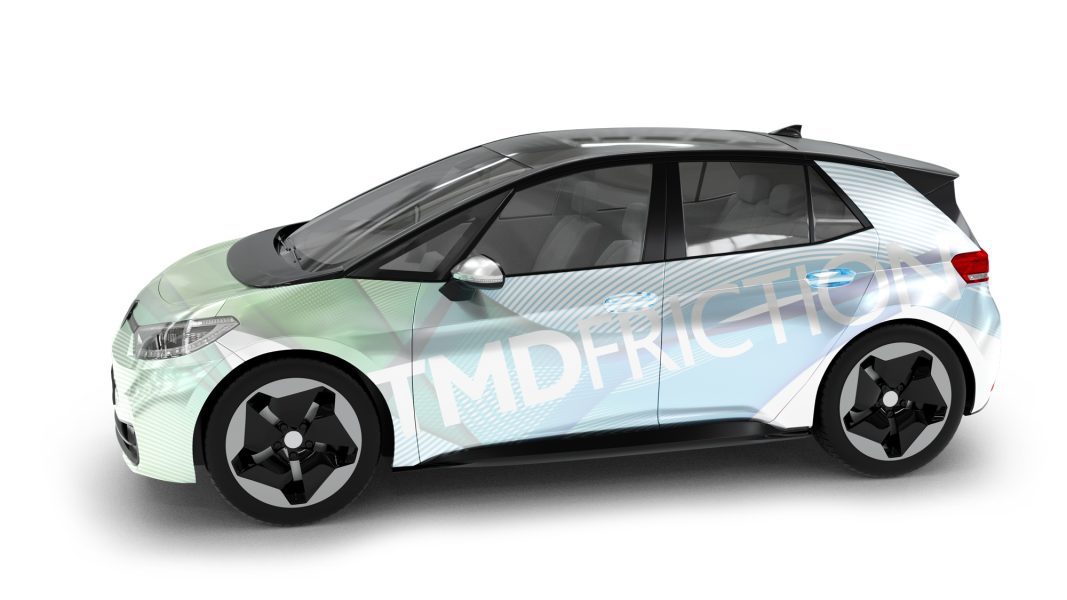
ADAC warns: brakes in RUDE electric vehicles
Brakes in electric cars are used much less often than in classic combustion cars. During braking, a large part of the energy is absorbed by regenerative braking, which charges the batteries. That is why ADAC warns: in the test of the Opel Amper E it was revealed that after 137 thousand kilometers it was necessary to replace the brake discs and brake pads on the rear axle. They were unused and… rusty.
Table of contents
- Rusting brakes on electric cars
- How to brake in an electric car
- Electric car tips - CHECK:
- How to brake in an electric car
In a classic internal combustion car, engine braking has a rather weak effect. Even large engines combined with automatic transmissions do not slow down the car too much.
The situation is completely different in electric cars. In normal driving mode, regenerative braking (recuperative braking) noticeably slows down the vehicle - in some models, until the car comes to a complete stop.
> How much does electric car insurance cost? VW Golf 2.0 TDI vs Nissan Leaf - WE CHECK
That's why the German ADAC has just published an electric car warning. In the Opel Amera E tested by the association, the rear brake discs and pads had to be replaced after 137 kilometers. They turned out to be so corroded that they endangered the safety of driving.
How to brake in an electric car
At the same time ADAC issued recommendations for braking in an electric car. The German organization recommends that you first take your foot off the gas (which will activate regenerative braking), and at the end of the road, press the brake a little harder. This will allow the car to recover energy in the first section and clean the brake discs and pads from rust in the second stage of the braking distance.
> Chinese copied Tesla patents and created their own electric SUV
ADVERTISING
ADVERTISING
Electric car tips - CHECK:
This may interest you:
